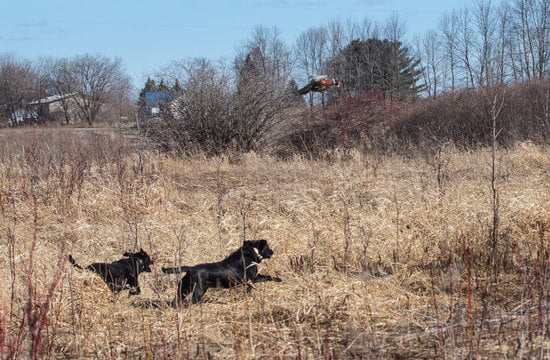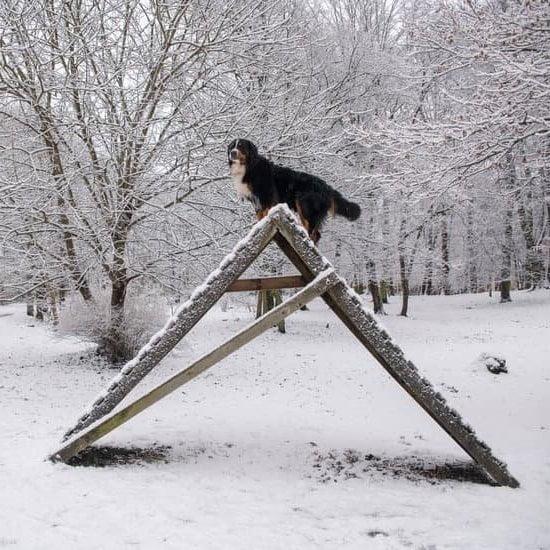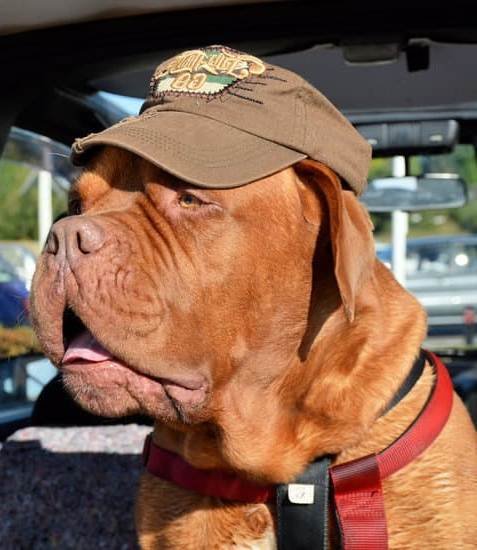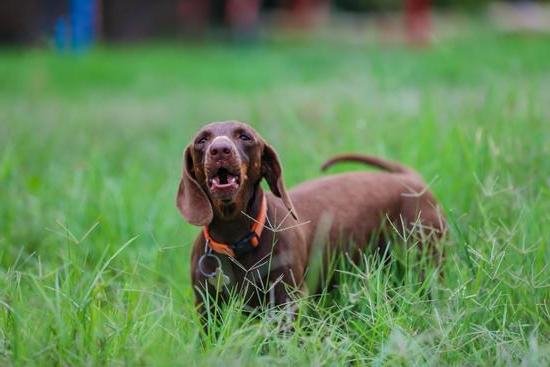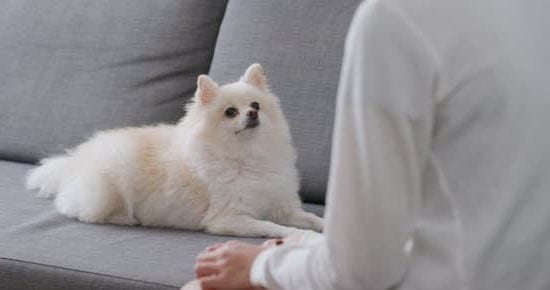Training a dog to not pee inside can be a challenging but essential task for every pet owner. Understanding the reasons behind indoor peeing is crucial in addressing this behavior effectively. Dogs may urinate indoors due to various factors such as incomplete house training, medical issues, anxiety, territorial marking, or simply forgetting their training.
Consistent training is key when teaching your furry friend where it is appropriate to relieve themselves. Establishing a routine for your dog ensures that they know when and where they are expected to go potty. Using positive reinforcement techniques like treats and praise can help reinforce good behavior and encourage them to continue following the desired habits.
Proper potty breaks play a significant role in preventing accidents inside the house. Regularly taking your dog outside to eliminate allows them the opportunity to do so in the appropriate place. Additionally, addressing any underlying behavioral issues or anxiety that may be contributing to indoor peeing is crucial in successfully eliminating this unwanted behavior. Remember, patience and consistency are key when training your dog to not pee inside.
Importance of Consistent Training
Consistent training is crucial when it comes to teaching your dog not to pee inside the house. Dogs thrive on routine and structure, so it’s essential to establish clear guidelines and expectations for your furry friend. By consistently reinforcing proper potty habits, you can help your dog understand where it is appropriate to relieve themselves. Here are some key points on how to train a dog to not pee inside:
- Set a designated bathroom spot: Designate a specific area outside where you want your dog to go potty. This will help them understand where they should be eliminating waste.
- Establish a regular feeding schedule: Feeding your dog at the same times each day can help regulate their bathroom habits, making it easier for you to predict when they need to go outside.
- Stay vigilant and supervise: Keep an eye on your dog, especially when they are indoors, and watch out for any signs that they may need to go outside. Supervision is key in preventing accidents from happening.
Consistency also applies to using positive reinforcement techniques when training your dog. Praise them enthusiastically when they go potty in the designated spot outside, and offer treats as rewards for good behavior. Positive reinforcement helps reinforce the desired behavior and encourages your dog to continue following the rules. With patience, perseverance, and a consistent approach, you can effectively train your dog to not pee inside the house.
- Consistency is key: Make sure all family members are on board with the training plan to ensure consistency in enforcing rules and rewarding good behavior.
- Be patient and understanding: Remember that accidents may happen during the training process, so it’s important to stay calm and avoid punishing your dog for mistakes.
- Keep track of progress: Monitor your dog’s progress in learning where to go potty and adjust your training methods as needed. Celebrate small victories along the way to keep both you and your furry companion motivated.
Establishing a Routine for Your Dog
One of the key components of establishing a routine for your dog is setting specific times for potty breaks throughout the day. This includes taking your dog outside first thing in the morning, after meals, before bedtime, and at regular intervals in between. By doing so, you are teaching your dog when they should expect to go outside to relieve themselves, reducing the likelihood of accidents indoors.
In addition to scheduled potty breaks, incorporating regular exercise into your dog’s daily routine can also help in preventing indoor accidents. Physical activity not only aids in overall health and well-being but also helps regulate your dog’s bathroom schedule. A tired and exercised dog is less likely to have the urge to pee indoors randomly throughout the day.
| Aspect | Benefits |
|---|---|
| Consistent routine | Helps dogs understand when and where they should go potty |
| Scheduled potty breaks | Reduces likelihood of indoor accidents by teaching dogs when to relieve themselves |
| Regular exercise | Aids in preventing indoor accidents by regulating bathroom schedule and reducing random urges to pee |
Utilizing Positive Reinforcement Techniques
Positive reinforcement is a powerful tool when it comes to training your dog not to pee inside the house. This technique involves rewarding your dog for good behavior, such as going potty outside, to encourage them to repeat that behavior in the future.
When your dog successfully goes outside to pee, immediately praise them, give them a treat, or offer some playtime as a reward. Positive reinforcement helps your dog associate peeing outside with positive outcomes, making them more likely to continue this desirable behavior.
Consistency is key when using positive reinforcement techniques to train your dog not to pee inside. Be sure to always reward your dog right after they go potty outside, so they can make the connection between the action and the reward. Additionally, make sure that everyone in the household follows the same training routine and uses consistent rewards. Dogs thrive on routine and clear expectations, so maintaining consistency will help reinforce their understanding of where they should be going potty.
In addition to treats and praise, another effective positive reinforcement technique is clicker training. Clicker training involves using a small device that makes a distinct clicking sound when pressed, followed by a reward for your dog.
The clicker acts as a signal to let your dog know exactly when they’ve done something right. By pairing the click sound with rewards for going potty outside, you can further enhance your dog’s learning experience and accelerate their progress in learning how to train a dog not to pee inside.
| Positive Reinforcement Techniques | Benefits |
|---|---|
| Rewarding with treats and praise | Encourages desired behavior through positive association |
| Clicker training | Provides clear communication of desired actions, leading to quicker learning |
The Significance of Proper Potty Breaks
Establishing a Regular Schedule
One of the key components in training a dog to not pee inside is ensuring they have regular potty breaks. By establishing a consistent schedule for when your dog goes outside, you can help them develop good bathroom habits.
It’s important to take your dog out first thing in the morning, after meals, before bedtime, and periodically throughout the day. By sticking to a routine, your dog will learn when it’s time to go outside and avoid accidents indoors.
Creating a Potty Area
Another helpful tip in training your dog to not pee inside is designating a specific spot for them to do their business outdoors. By consistently bringing your dog to this designated area, they will associate that spot with going potty. This helps reinforce good habits and reduces accidents inside the house. Additionally, make sure the area is well-maintained and free from distractions to ensure your dog focuses on using that spot.
Patience and Rewards
During potty breaks, it’s crucial to be patient with your dog as they learn where and when to go outside. Use positive reinforcement techniques such as praise, treats, or toys when your dog successfully goes potty outside. This encourages them to continue exhibiting the desired behavior.
Remember that consistency is key in training a dog not to pee inside, so continue reinforcing good habits over time. With patience and rewards, you can effectively teach your furry friend where they should go potty.
Addressing Behavioral Issues and Anxiety
Recognizing Behavioral Issues
When it comes to addressing indoor peeing in dogs, it’s crucial to recognize any underlying behavioral issues or anxiety that may be contributing to this behavior. Some dogs may exhibit signs of fear, stress, or anxiety which can result in inappropriate elimination inside the house. These behavioral issues need to be addressed in conjunction with potty training efforts to effectively curb indoor peeing.
Implementing Behavior Modification Techniques
To tackle behavioral issues and anxiety related to indoor peeing, implementing behavior modification techniques can be beneficial. This may include desensitization exercises, counter-conditioning strategies, and creating a safe and comfortable environment for your dog. By working on the root cause of your dog’s anxiety or fear, you can help prevent them from resorting to peeing inside the house.
Consulting With a Professional Trainer
In some cases, addressing behavioral issues and anxiety related to indoor peeing may require the expertise of a professional dog trainer or behaviorist. These professionals have the knowledge and experience to work with your dog on a customized training plan tailored to their specific needs. Through structured training sessions and guidance on how to train a dog to not pee inside, you can help your furry companion overcome their behavioral challenges and establish better potty habits.
Cleaning Up Accidents Correctly
When it comes to training a dog to not pee inside, accidents are bound to happen during the learning process. Cleaning up these accidents correctly is crucial in reinforcing the training and preventing future indoor peeing incidents. Here are some essential tips on how to properly clean up accidents caused by your furry friend:
- Act quickly: The sooner you clean up the mess, the better. This helps prevent the urine from seeping into carpets or furniture, making it harder to remove the odor completely.
- Use an enzymatic cleaner: Regular household cleaners may mask the scent for humans, but dogs have a much stronger sense of smell. Enzymatic cleaners break down the proteins in urine, eliminating the odor for both you and your pet.
- Avoid using ammonia-based products: Ammonia can actually attract dogs to urinate in the same spot again, so make sure to steer clear of any cleaning products that contain ammonia.
Consistency is key when it comes to effectively potty training your dog and ensuring they do not continue peeing indoors. By following these steps on how to clean up accidents correctly, you are not only maintaining a hygienic environment but also aiding in your dog’s learning process of where they should and should not relieve themselves.
Seeking Professional Help if Needed
In conclusion, training a dog to not pee inside requires patience, consistency, and understanding of your pet’s needs. It is essential to first identify the reasons behind indoor peeing, whether it be due to lack of proper potty training, behavioral issues, or anxiety. By establishing a routine for your dog and using positive reinforcement techniques, you can effectively teach them where it is appropriate to relieve themselves.
Consistency is key when it comes to training your dog not to pee inside. Make sure to take your pet out for regular potty breaks throughout the day and praise them when they go in the designated area.
Addressing any underlying behavioral issues or anxiety that may be contributing to indoor accidents is also crucial in preventing future mishaps. By providing a safe and comfortable environment for your furry friend, you can help them feel more secure and confident in their potty training.
In some cases, seeking professional help might be necessary if your dog continues to have accidents indoors despite your best efforts. A trained professional can provide additional guidance and support in addressing more complex issues related to indoor peeing.
Remember, every dog is unique, so don’t hesitate to reach out for assistance if needed. With persistence and the right approach, you can successfully train your dog to not pee inside and enjoy a clean and harmonious living space with your beloved pet.
Frequently Asked Questions
How Do I Train My Dog Not to Pee in the House?
Training a dog not to pee in the house requires patience, consistency, and positive reinforcement. Make sure to establish a routine for taking your dog outside frequently, especially after meals and naps. Reward your dog for peeing outside and clean any accidents inside thoroughly.
How Do I Stop My Dog From Peeing Inside?
To stop your dog from peeing inside, first determine if there are any underlying health issues causing the problem. If not, focus on re-establishing potty training by supervising your dog closely, providing frequent potty breaks outside, and using positive reinforcement when they go in the appropriate place.
Why Does My Dog Pee in the House After Being Outside?
Dogs may pee in the house after being outside due to various reasons such as incomplete emptying of their bladder while outside, anxiety or stress-related issues, territorial marking behavior, or simply not being fully house trained. It is important to address these issues through proper training and possibly seeking guidance from a professional trainer or veterinarian if needed.

Welcome to the blog! I am a professional dog trainer and have been working with dogs for many years. In this blog, I will be discussing various topics related to dog training, including tips, tricks, and advice. I hope you find this information helpful and informative. Thanks for reading!

